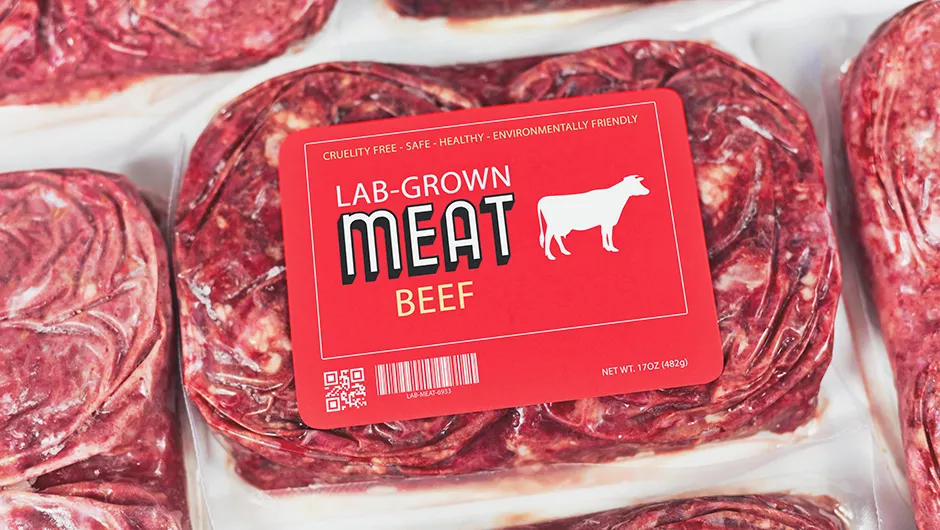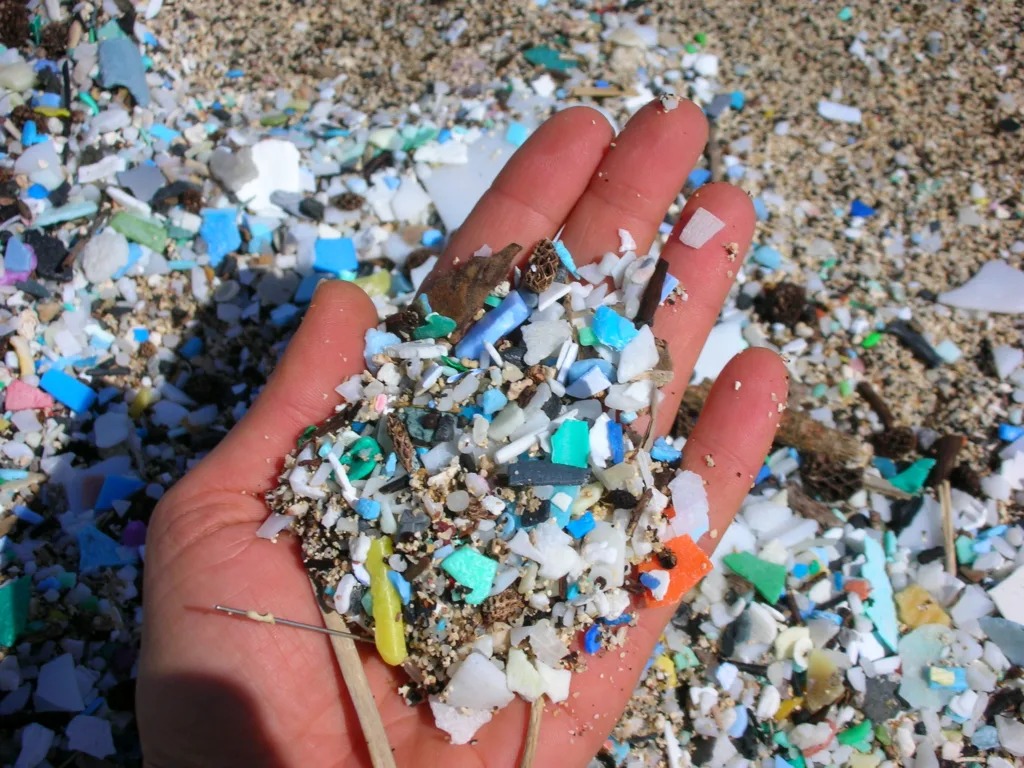Meet the Blob:
In 1958, the horror movie classic The Blob took the world by storm, depicting a large blob that had intelligence and had a hunger for people. What if that blob exists, intelligence and all, and its favorite food is oatmeal? This blob is called slime mold, and it is changing scientist’s very idea of intelligence. Not only can this unicellular organism make decisions, but it can learn from its mistakes. With new revolutionary discoveries being made with it, the possibilities of what we can do with it are endless, from having it solve problems it took humans decades to figure out, to computing, and even to medicine.
Despite the name, slime mold is not mold at all. Instead, it is a protist. Protists are kind of the junk drawer of classifications since it is what something is classified if scientists have no clue what else to call it.
There are more than 900 types of slime mold and over 720 sexes. Its scientific name, Physarum polycephalum, means “many headed slime,” which is fitting given how the slime mold branches out to traverse its environment. It’s also fitting because it is made up of thousands of individual nuclei who come together to make a super-cell that makes decisions to benefit the whole group. They are also extremely versatile creatures and can live in almost any environment, from jungles to the arctic and even to outer space on the International Space Station.
Slime Mold in Technology and Engineering:
At Hokkaido University in Japan, a team put slime mold in a maze and put food at two points. The slime mold made a connection between these two points and retracted itself from areas where there was no food. Even though there were several ways to get through the maze, the smile mold always found the shortest route.
To expand this experiment, they put oats at every major city on a map of Japan. They then put slime mold on this map, and within two days the slime mold had created a route that was nearly identical to the transportation network it had taken engineers more than 100 years to figure out. Now, civil engineers can use slime mold to figure out the most efficient routes faster than any human could.
In the UK, scientists created Plasmobot, a computer that runs on oak flakes and slime mold. This computer can do math problems and pull or push objects all by the power of slime mold.
Another application to technology is using slime mold to create accessible biosensors that enable citizen scientists and students to be able to gain access to and use sensors affordably. In Europe, the project PHYSENSE made a prototype biosensor that does exactly that. The prototype uses slime mold’s response to stimuli to control the sensor. In the future, these sensors could be applied to security, the discovery of drugs, food safety, and monitoring the environment.
Slime Mold in Physics and Medicine:
Even NASA has “hired” slime mold to help it tackle the challenging physics problems. They found that there could be a cosmic web throughout the universe that is mainly made of dark matter, a mysterious substance that can’t be seen. When observing this cosmic web and slime mold, NASA claimed that “there is an uncanny resemblance between the two networks: one crafted by biological evolution, and the other by the primordial force of gravity.”
So, NASA made a slime-mold inspired computer algorithm that they applied to data about nearby galaxies. This created a 3-D map of dark matter filaments in the surrounding universe.
For medicine, biophysicists in Singapore and Germany looked at slime mold’s patterns and found that the way it grows is remarkably similar to a tumor, allowing them to study how tumors supply themselves with blood. This lets them create new solutions that will cut off a tumor’s blood supply, stopping it from growing and eventually killing it.

Rethinking Intelligence:
When you think about the word intelligence, what comes to mind? Is it the ability to make decisions? To remember? To problem solve? Maybe you think that the most inherent part of intelligence is the ability to think, most likely with a brain. Before slime mold, almost everyone, including scientists, believed that to be intelligent something had to have a way to think. Now, slime mold is sparking debates because it can do everything listed above without a brain or even neurons.
For example, slime mold was once exposed to the cold every half an hour. When it encountered the cold, it would slow its growth to conserve energy. Then, scientists stopped exposing the slime mold to the cold, but it had remembered the timing and anticipated it, showing that it has some sort of memory.
Harvard also found that slime mold can sense objects before even coming into contact with them. To discover this, they put three glass disks on one side of a petri dish and one glass disk on the other. The majority of the time, the slime mold strongly favored the side with three glass disks, but only when the disks were put side by side. When stacked, the slime mold showed no preference, leading the scientist to determine that slime mold decided where to go in this instance based on the amount of the horizon the glass disks took up. This begs the questions: how does the sightless slime mold make these decisions and why?
In the end, there is a lot more research to be done about this confusing protist. Whether you think that it is intelligent or not though, one thing is for certain, and that is that this unicellular organism is changing society for the better.
References:
Barnett, H. (2014, July 17). What humans can learn from semi-intelligent slime. TED Talks. Retrieved March 11, 2025, from https://www.ted.com/talks/heather_barnett_what_humans_can_learn_from_semi_intelligent_slime/transcript
Bland, E. (2009, September 8). Plasmobot computer runs on slime mold. NBC News. Retrieved March 11, 2025, from https://www.nbcnews.com/id/wbna32736017
Shrourou, A. (2019, April 16). Using slime mold to produce accessible biosensors. News Medical. Retrieved March 11, 2025, from https://www.news-medical.net/news/20190415/Using-slime-mold-to-produce-accessible-biosensors.aspx
Slime Molds Help Show How Cancer Grows. (2012, August 24). WIRED. Retrieved March 11, 2025, from https://www.wired.com/2012/08/slime-molds-cancer-growth/
Slime Mold Simulations Used to Map Dark Matter Holding Universe Together. (2020, March 10). NASA Science. Retrieved March 11, 2025, from https://science.nasa.gov/missions/hubble/slime-mold-simulations-used-to-map-dark-matter-holding-universe-together/Walecki, N. (2021). Can Slime Molds Think? Harvard Magazine. Retrieved March 11, 2025, from https://www.harvardmagazine.com/2021/10/right-now-can-slime-molds-think




